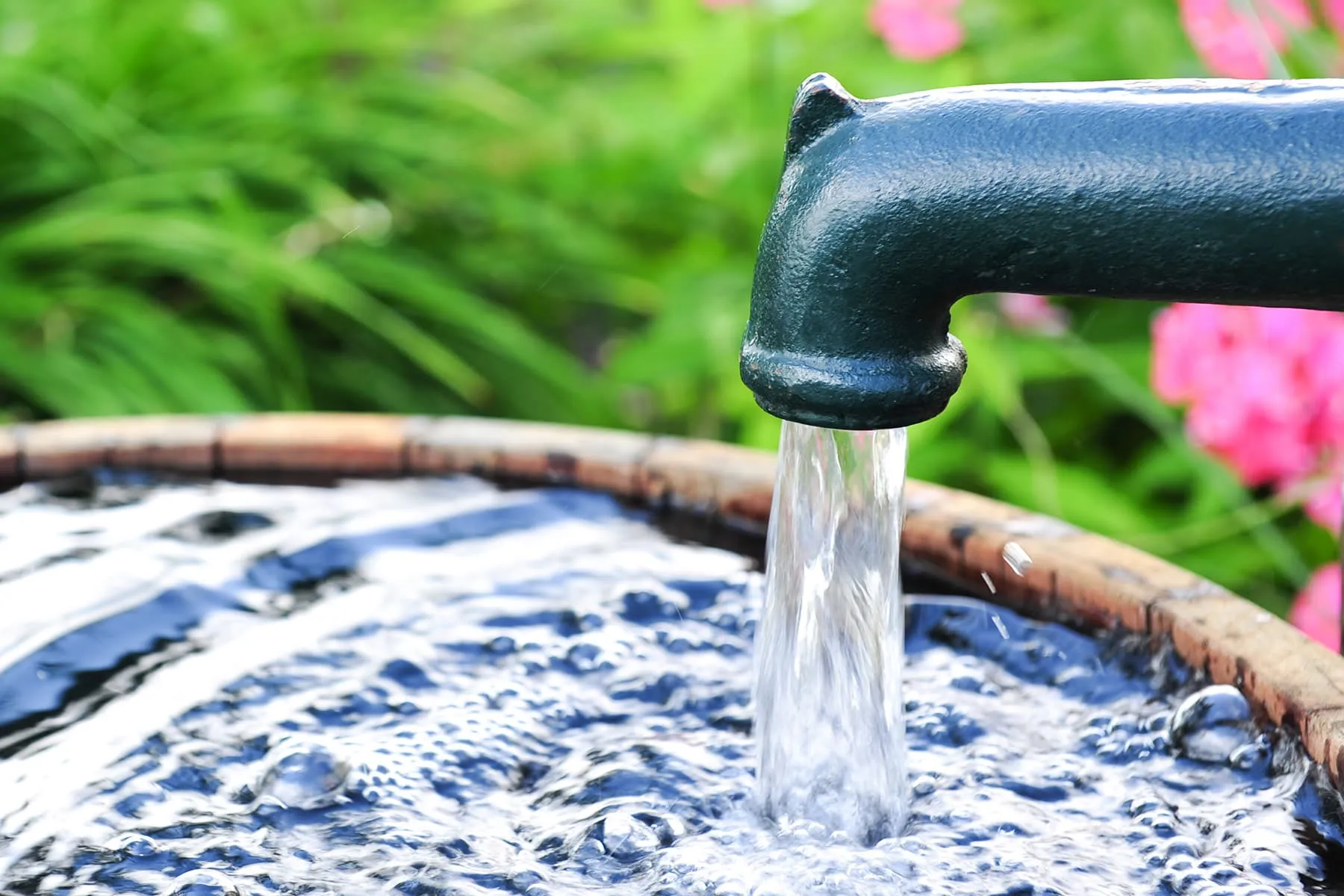Browse
Education
Lorem ipsum
Lorem ipsum dolor sit amet, consectetur adipiscing elit. Nulla est purus, ultrices in porttitorin, accumsan non quam. Nam consectetur porttitor rhoncus. Curabitur eu est et leo feugiatauctor vel quis lorem. Ut et ligula dolor, sit amet consequat lorem. Aliquam porta eros sedvelit imperdiet egestas. Maecenas tempus eros ut diam ullamcorper id dictum liberotempor. Donec quis augue quis magna condimentum lobortis. Quisque imperdiet ipsum velmagna viverra rutrum. Cras viverra molestie urna, vitae vestibulum turpis varius id.Vestibulum mollis, arcu iaculis bibendum varius, velit sapien blandit metus, ac posuere loremnulla ac dolor. Maecenas urna elit, tincidunt in dapibus nec, vehicula eu dui. Duis laciniafringilla massa. Cum sociis natoque penatibus et magnis dis parturient montes, nasceturridiculus mus. Ut consequat ultricies est, non rhoncus mauris congue porta. Vivamus viverrasuscipit felis eget condimentum. Cum sociis natoque penatibus et magnis dis parturientmontes, nascetur ridiculus mus. Integer bibendum sagittis ligula, non faucibus nulla volutpatvitae. Cum sociis natoque penatibus et magnis dis parturient montes, nascetur ridiculus mus. In aliquet quam et velit bibendum accumsan. Cum sociis natoque penatibus et magnis disparturient montes, nascetur ridiculus mus. Vestibulum vitae ipsum nec arcu semperadipiscing at ac lacus. Praesent id pellentesque orci. Morbi congue viverra nisl nec rhoncus.Integer mattis, ipsum a tincidunt commodo, lacus arcu elementum elit, at mollis eros ante acrisus. In volutpat, ante at pretium ultricies, velit magna suscipit enim, aliquet blandit massaorci nec lorem. Nulla facilisi. Duis eu vehicula arcu. Nulla facilisi. Maecenas pellentesquevolutpat felis, quis tristique ligula luctus vel. Sed nec mi eros. Integer augue enim, sollicitudinullamcorper mattis eget, aliquam in est. Morbi sollicitudin libero nec augue dignissim utconsectetur dui volutpat. Nulla facilisi. Mauris egestas vestibulum neque cursus tincidunt.Donec sit amet pulvinar orci.
By:
Edwin Castel
Wednesday, May 12, 2021
EDUCATION

Leave a comment
natural environment
Lorem ipsum dolor sit amet, consectetur adipiscing elit. Nulla est purus, ultrices in porttitorin, accumsan non quam. Nam consectetur porttitor rhoncus. Curabitur eu est et leo feugiatauctor vel quis lorem. Ut et ligula dolor, sit amet consequat lorem. Aliquam porta eros sedvelit imperdiet egestas. Maecenas tempus eros ut diam ullamcorper id dictum liberotempor. Donec quis augue quis magna condimentum lobortis. Quisque imperdiet ipsum velmagna viverra rutrum. Cras viverra molestie urna, vitae vestibulum turpis varius id.Vestibulum mollis, arcu iaculis bibendum varius, velit sapien blandit metus, ac posuere loremnulla ac dolor. Maecenas urna elit, tincidunt in dapibus nec, vehicula eu dui. Duis laciniafringilla massa. Cum sociis natoque penatibus et magnis dis parturient montes, nasceturridiculus mus. Ut consequat ultricies est, non rhoncus mauris congue porta. Vivamus viverrasuscipit felis eget condimentum. Cum sociis natoque penatibus et magnis dis parturientmontes, nascetur ridiculus mus. Integer bibendum sagittis ligula, non faucibus nulla volutpatvitae. Cum sociis natoque penatibus et magnis dis parturient montes, nascetur ridiculus mus. In aliquet quam et velit bibendum accumsan. Cum sociis natoque penatibus et magnis disparturient montes, nascetur ridiculus mus. Vestibulum vitae ipsum nec arcu semperadipiscing at ac lacus. Praesent id pellentesque orci. Morbi congue viverra nisl nec rhoncus.Integer mattis, ipsum a tincidunt commodo, lacus arcu elementum elit, at mollis eros ante acrisus. In volutpat, ante at pretium ultricies, velit magna suscipit enim, aliquet blandit massaorci nec lorem. Nulla facilisi. Duis eu vehicula arcu. Nulla facilisi. Maecenas pellentesquevolutpat felis, quis tristique ligula luctus vel. Sed nec mi eros. Integer augue enim, sollicitudinullamcorper mattis eget, aliquam in est. Morbi sollicitudin libero nec augue dignissim utconsectetur dui volutpat. Nulla facilisi. Mauris egestas vestibulum neque cursus tincidunt.Donec sit amet pulvinar orci.
By:
Edwin Castel
Wednesday, May 12, 2021
EDUCATION

Leave a comment
Ecosystem Services: Examples
Without ecosystem services, life on Earth as we know it wouldn’t exist. There are four main categories of ecosystem services:
Provisioning services refer to the products secured by ecosystems. These include:
• Water
• Food (including cattle and seafood)
• Pharmaceuticals, biochemicals, and industrial products
• Energy (sunlight, hydropower, biomass)
Regulating services are the ecosystem services that allow the regulation of ecosystem processes such as:
• Climate regulation (and carbon absorption and storage via the oceans, trees, soil)
• Waste decomposition (one of the most essential microbial process happening in soil)
• Crop pollination (performed by agents such as bees that contribute to the reproduction of flowering plants)
• Water and air purification and regulation
• Control of pests and diseases
Supporting and habitat services refer to the ability of ecosystems to give habitat for migratory species and to support the viability of gene-pools.This is possible thanks to:
• Primary reproduction
• Nutrient and seed dispersal
Cultural services are the benefits ecosystem services bring to humans. Examples of these are:
• Inspiration for intellectual (creativity), cultural (entertainment) and spiritual (why) purposes
– Remember how it feels good to seeing and hearing wild birds
– Animals, plants and even the funghi kingdom serve as inspiration in theaters, movies…
– Many people go to natural sites when they want to be alone or reflect about life
• Recreational experiences such as outdoors activities or ecotourism
By:
rupali
Wednesday, May 12, 2021
WATER, ENERGY, AND THE ENVIRONMENT
+1
Leave a comment
Pyramid of Biomass
The Biomass Pyramids show the amount of biomass (living or organic matter present in an organism) present per unit area at each trophic level. It is drawn with the producers at the base and the top carnivores at the tip.
Pyramid of biomass is generally ascertained by gathering all organisms occupying each trophic level separately and measuring their dry weight. Each trophic level has a certain mass of living material at a particular time called standing crop, which is measured as the mass of living organisms (biomass) or the number in a unit area.
Upright Pyramid of Biomass
Ecosystems found on land mostly have pyramids of biomass with large base of primary producers with smaller trophic level perched on top, hence the upright pyramid of biomass.
By:
Kiran Jagtap
Wednesday, May 12, 2021
WATER, ENERGY, AND THE ENVIRONMENT
+1
Leave a comment
Why Is Preserving Ecosystems Important?
All other living beings, humans are dependant on natural ecosystem services to survive. We need it to get the food we eat, the water we drink and to transform raw materials into our everyday products. So in order to keep our living conditions, it’s truly important that we preserve natural ecosystems.
For example, the agriculture that provides our food depends on the characteristics of a specific ecosystem. Cereals or vegetables grow only under certain conditions of temperature and humidity. They also need certain natural processes, such as pollination, to take place. If we change these characteristics too intensely, there is the risk that we aren’t able to produce what we produce today, or at least not in the same way. That’s why there are some agricultural techniques that understand and manage food production
By:
rupali
Wednesday, May 12, 2021
WATER, ENERGY, AND THE ENVIRONMENT
+1

Leave a comment
How Do Natural Ecosystems Work?
Natural ecosystems are “balanced” systems. This means the interactions between the different organisms that make up the ecosystem contribute to a certain stability. For example, in grassland ecosystems, herbivores consume grass, but also feed the soil with their droppings, which allows the grass to grow back and allows some sort of balance. Still, this doesn’t mean an ecosystem, even a healthy one, is static. In reality, ecosystems are constantly evolving as they are based on dynamic processes that are constantly changing.
For instance, biocenosis are living organisms that interact with their environment and constantly transform it. How? Because animals compact the soil, plants create humidity or regulate the temperature and bacteria help in the microscopic world by protecting all sorts of animals from diseases and helping in their digestion process. As well, an ecosystem also evolves due to external or unforeseen events. A climatic or natural phenomenon, for example, can lead to transformations in the environment. In this way, biocenosis the ecosystem’s living organisms to adapt to these new constraints, and change happens.
By:
rupali
Wednesday, May 12, 2021
EDUCATION

Leave a comment
Ecosystem
“An ecosystem is defined as a community of lifeforms in concurrence with non-living components, interacting with each other.”
What is an Ecosystem?
The ecosystem is the structural and functional unit of ecology where the living organisms interact with each other and the surrounding environment. In other words, an ecosystem is a chain of interaction between organisms and their environment. The term “Ecosystem” was first coined by A.G.Tansley, an English botanist, in 1935.
Read on to explore the structure, components, types and functions of the ecosystem in the ecosystem notes provided below.
An ecosystem can be as small as an oasis in a desert, or as big as an ocean, spanning thousands of miles. There are two types of ecosystem:
Terrestrial Ecosystem
Aquatic Ecosystem
By:
rupali
Wednesday, May 12, 2021
WATER, ENERGY, AND THE ENVIRONMENT
+1
Leave a comment
Students with ADHD
Primer text from The College of William & MaryADHD is one of the most commonly diagnosed conditions of children (Centers for DiseaseControl and Prevention, 2015).
In a 2016 Centers for Disease Control and Prevention study, scientists found that 6.1 million children aged 2-17 years living in the U.S. had been diagnosed with attention-deficit/hyperactivity disorder (ADHD), which is similar to previous estimates.
Ages 2-5: Approximately 388,000 children
Ages 6-11: Approximately 2.4 million children
Ages 12-17: Approximately 3.3 million children
The diagnostic term attention deficit/hyperactivity disorder (ADHD) refers to individuals who display patterns of inattention, impulsivity, and overactive behavior that interfere with daily functioning (American Psychiatric Association [APA], 2013).
By:
Jen Martins Henzansanath
Wednesday, May 12, 2021
HEALTH AND NUTRITION
+1
No Preview Available
Leave a comment
Global Education Competency
Global Education Strategies and Activities
Preparing students for responsible global citizenship must include strategies and activities that reflect the increasing diversity of today’s global population. The cooperative learning strategy can be incorporated as a global education structure where heterogeneous groups are formed and engage in interactive opportunities. This offers a platform where students can be exposed to diverse individuals, as well as prepared for successful global cooperation and competition. Additionally, a structure of project- or problem-based learning can be employed. The project or problem of focus would be a global concern or issue that is investigated.
By:
Jen Martins Henzansanath
Wednesday, May 12, 2021
HEALTH AND NUTRITION
+1
Leave a comment
Test the article: youtube thumbnail
Test: An Introduction to the Ecological Model in Public Health of the "ecological model,
By:
Edwin Castel
Wednesday, May 12, 2021
WATER, ENERGY, AND THE ENVIRONMENT
+1
Leave a comment
Test article: Link preview
Read more follow : https://www.webmd.com/a-to-z-guides/ss/slideshow-drink-enough-watertest article
By:
Edwin Castel
Wednesday, May 12, 2021
CULTURE AND SOCIETY
+1

No Preview Available
Leave a comment
Environment
The word ‘environment’ is derived from the old French word ‘environer’ – which means to ‘surround, enclose, and encircle’. Environment refers to an aggregate of conditions or surroundings in which living beings such as humans, animals, and plants live or survive and non-living things exist.
All living beings including man and their environment are mutually reactive, affecting each other in a number of ways. It is generally equated with nature wherein physical components of the planet earth such as earth, air, water, etc. support and affect life in the biosphere.Ref : https://www.youtube.com/watch?v=5NNw0GSUR-c
By:
Edwin Castel
Wednesday, May 12, 2021
WATER, ENERGY, AND THE ENVIRONMENT
+1

Leave a comment